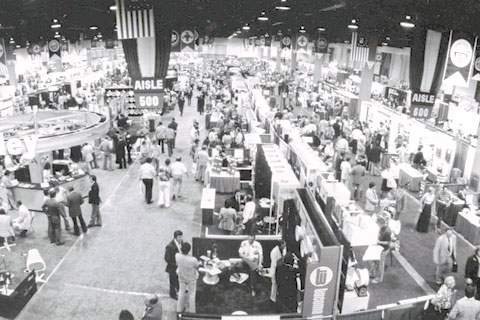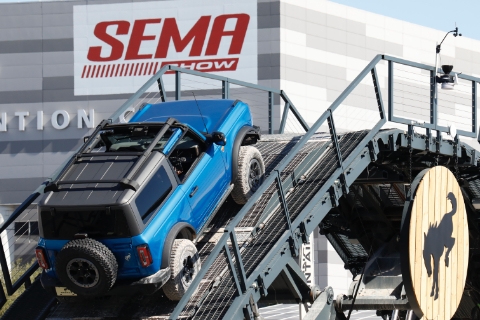SEMA News - May 2010
By Dan Sadowski
Contentious Election Year Leads to Uncertain Political Landscape
 |
|
Town halls were held. Press conferences staged. Speeches delivered to Congress and the American people. Even a televised, bipartisan summit was arranged. Yet, as the health care debate continued, the American political landscape was as divided as ever—leading many to question whether change was even possible.
The health care debate illustrates the problem. It is an issue that elicits strong opinions. On this topic, the two parties have fundamental differences in approach that seem impossible to bridge. The Democrats are focused on enrolling all Americans into a system that will include heavy financial obligations, while the Republicans want an incremental approach to drive down costs and preserve the private marketplace but not guarantee universal coverage. Result: gridlock and unilateral actions—the opposite of bipartisanship and compromise. The debate has also produced voter anger, a recipe for the formation of third parties.
This is not the first time exasperated voters have looked beyond the two-party system. Recent alternatives have included Ross Perot, John Anderson and, looking back a bit farther, Huey Long and Teddy Roosevelt. They bear different labels—the Reform Party, Populists and Progressives and, most recently, Tea Party.
When President Obama was inaugurated just over one year ago, the American people were optimistic for a promised new era of cooperation in Washington. Expectations were high yet naive and perhaps unrealistic. Missteps and partisan animosity quickly defeated the goal. Frankly, not all of the politicians had agreed on the premise of compromise. Other politicians had painted themselves into a corner with their constituents, unable to reach across the aisle after lambasting the other party during the election cycle.
The current voter discontent has translated into a loud demand for a different kind of change. Invigorated citizen groups, such as the Tea Party organization, are leading the cause to “throw the bums out.” The renewed anti-incumbent mentality is driven by a dysfunctional Congress that can’t pass meaningful legislation. In an effort to be heard, will voters sacrifice party loyalty and vote for new, anti-establishment candidates?
The recent election in Massachusetts and the Republican primary in Texas have put all elected officials on notice that the “sleeping giant” of the electorate has awoken. The anti-Washington sentiment raised by the voters in Massachusetts was validated in Texas. Given the results, change continues to evolve in American politics, and tangible change may be coming to Washington sooner rather than later.
But there is a dilemma. Voters are also responsible for the dysfunctional Congress they elect. In recent years, they have driven out the centrists and elected more and more politicians who are ideological in their views, whether on the right or the left. “Compromise” has become a four-letter word. The challenge becomes how to elect lawmakers who will truly represent the will of their constituents when they get to Washington, D.C.
No sitting member of Congress is safe from voter unrest. While the results of this year’s elections are uncertain, the majority of incumbent elected officials are concerned about their futures, and rightfully so. Will voter discontent lead to a greater sense of political cooperation, or will the electorate achieve the unintended: more political gridlock?








